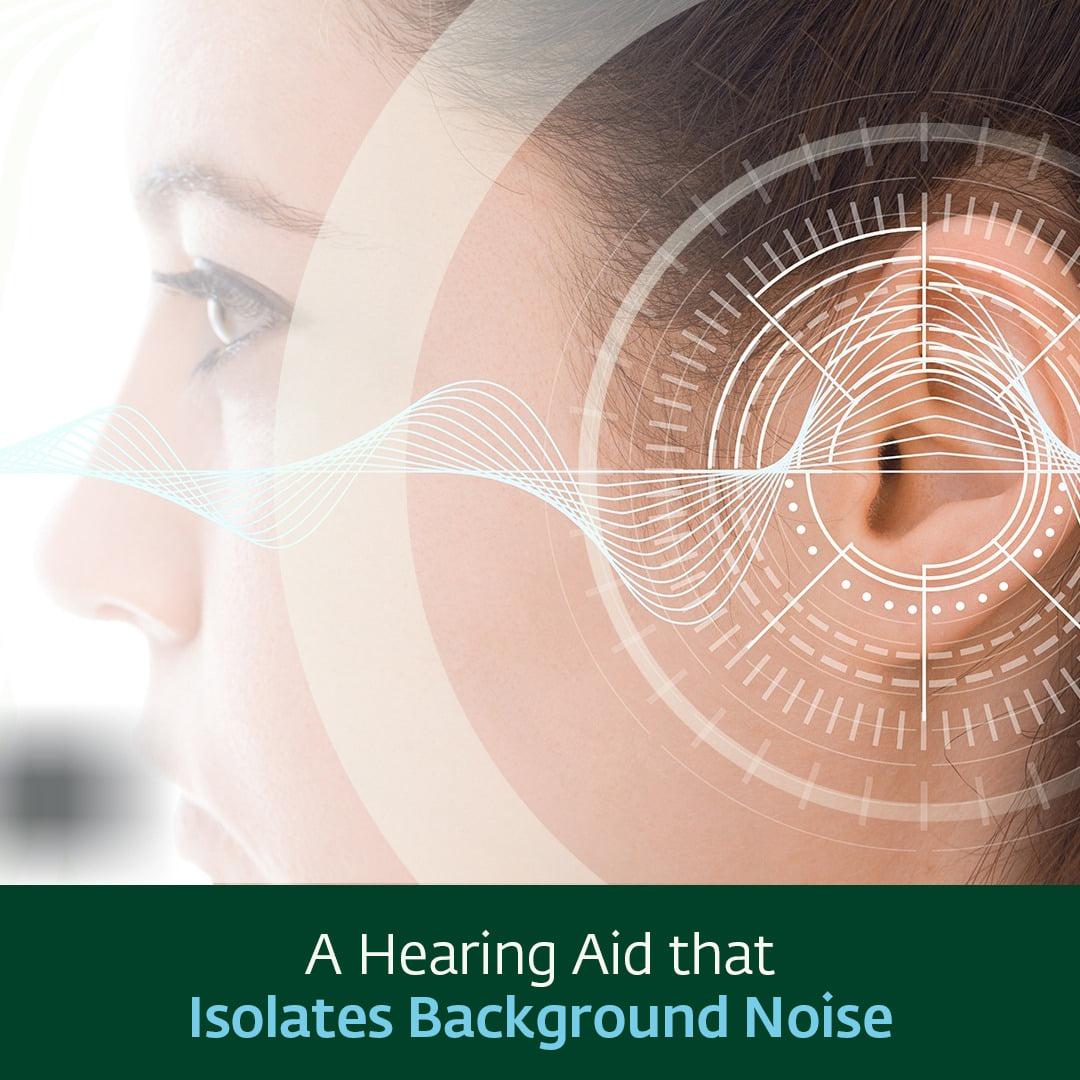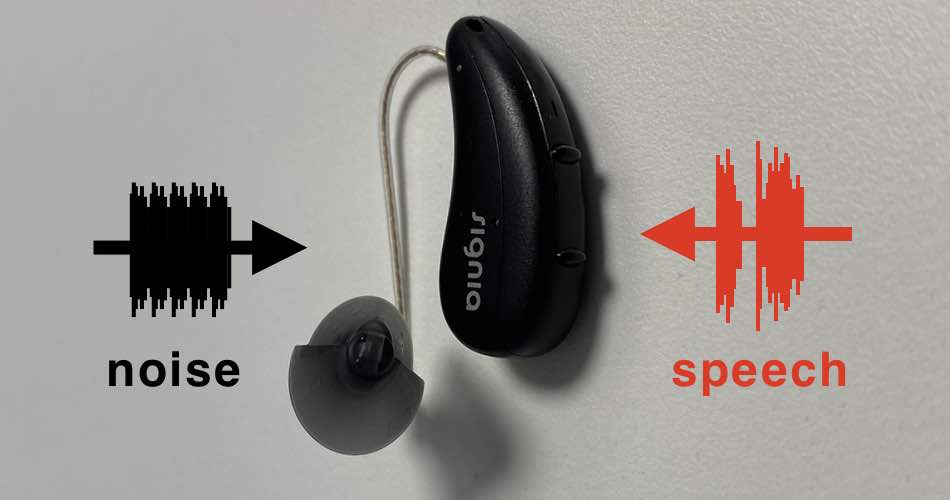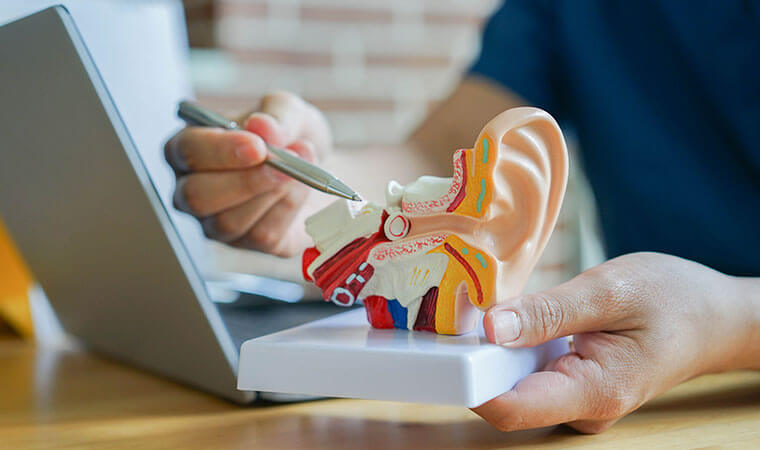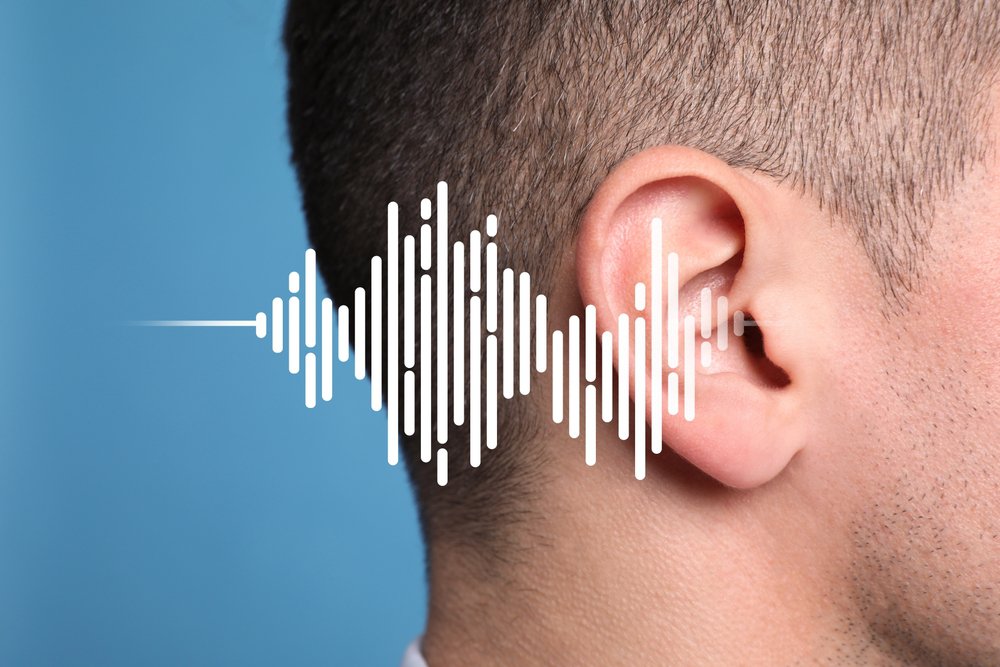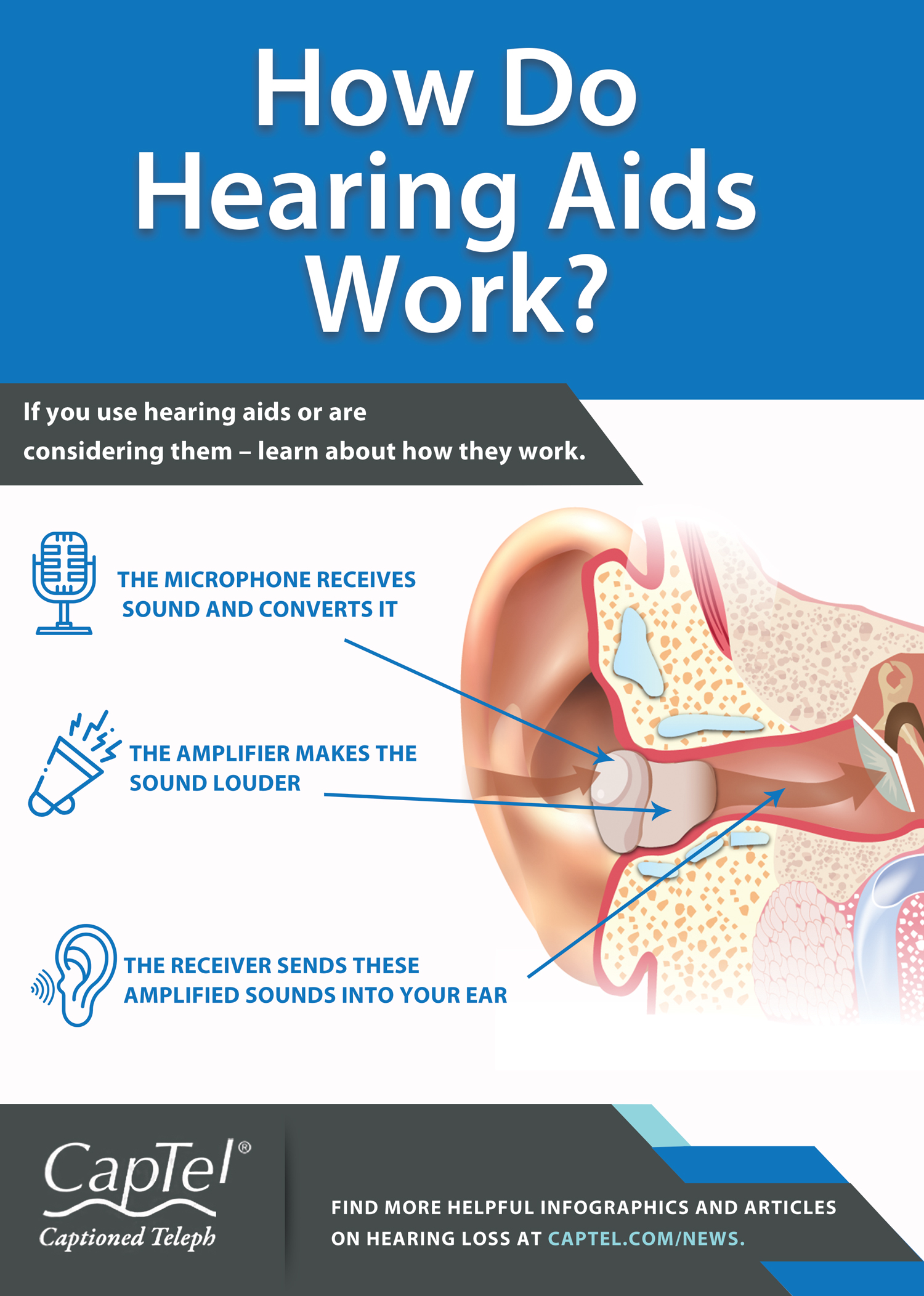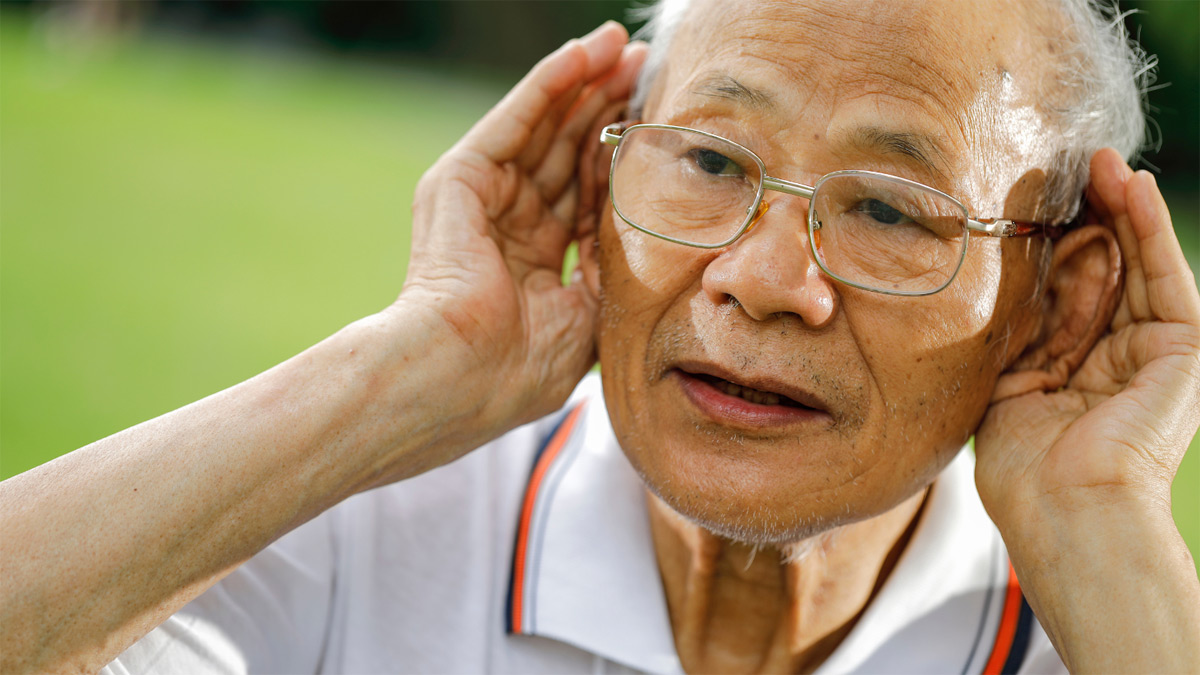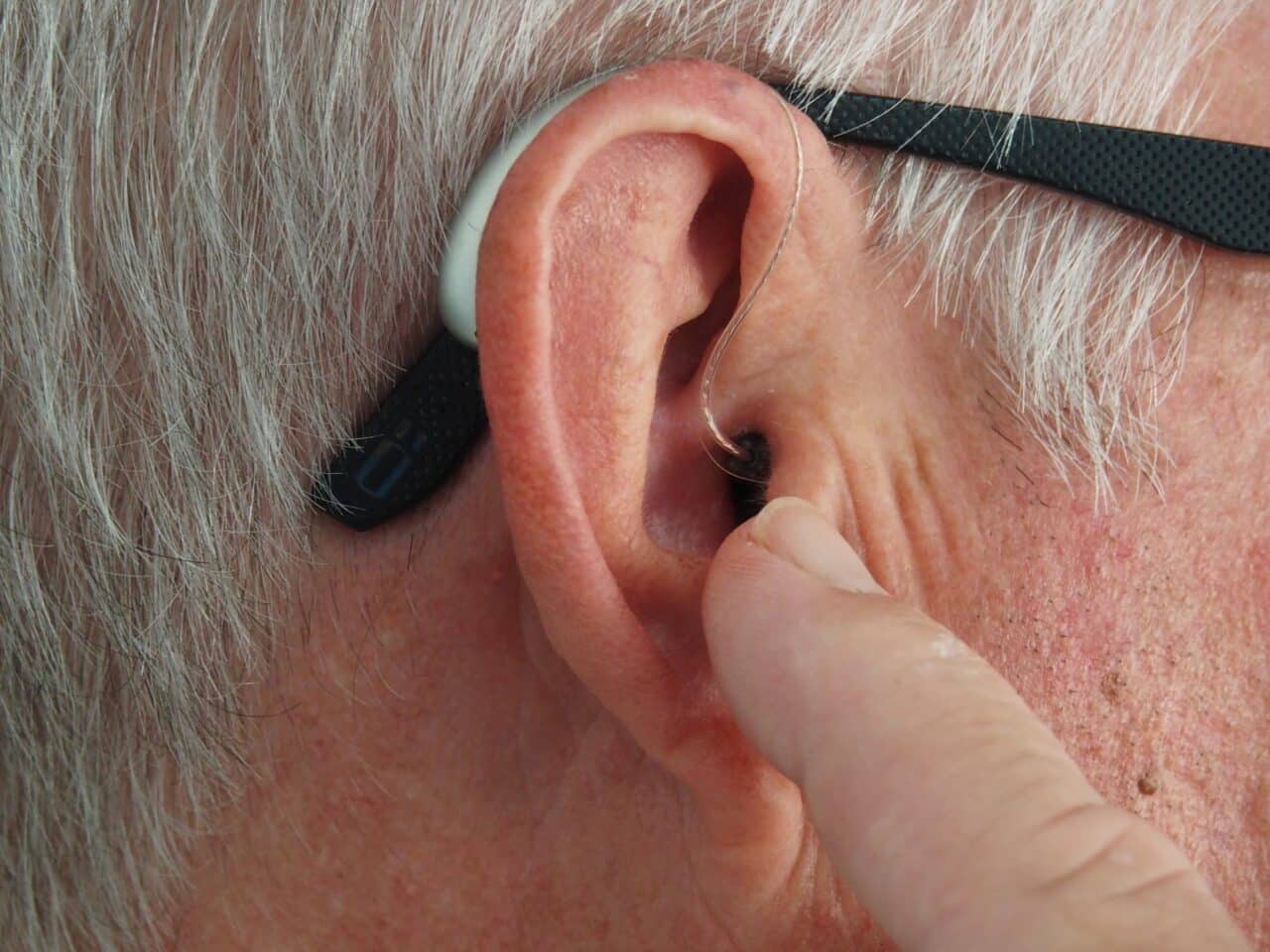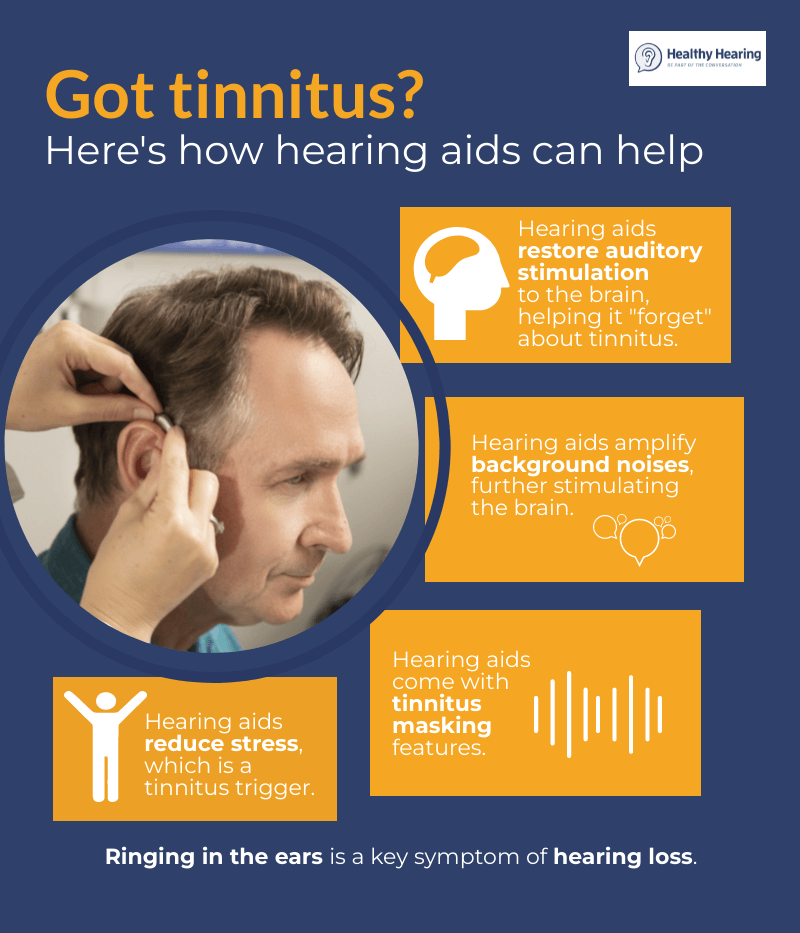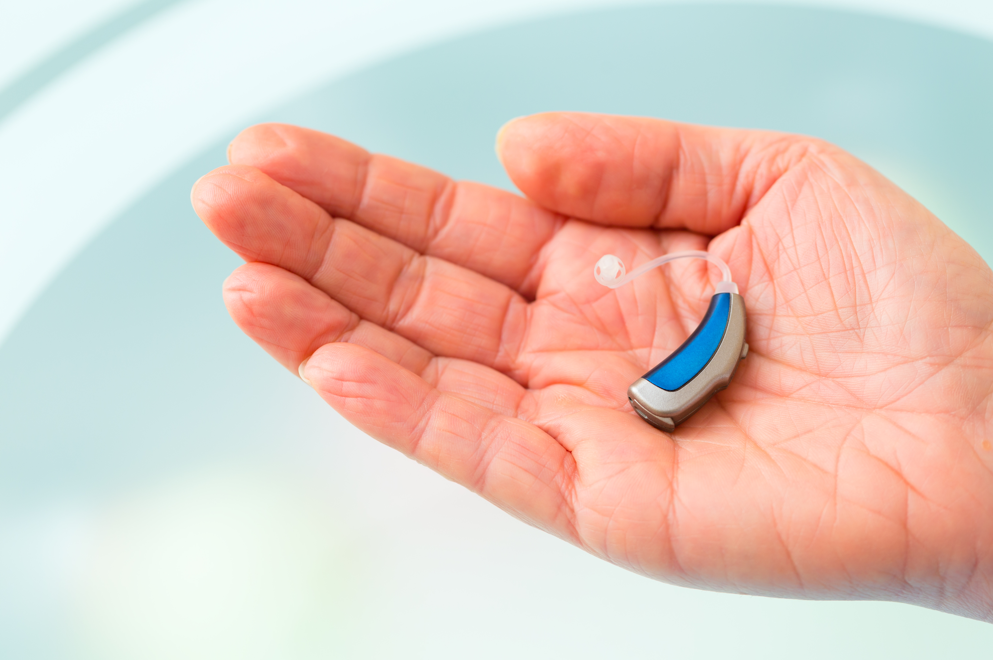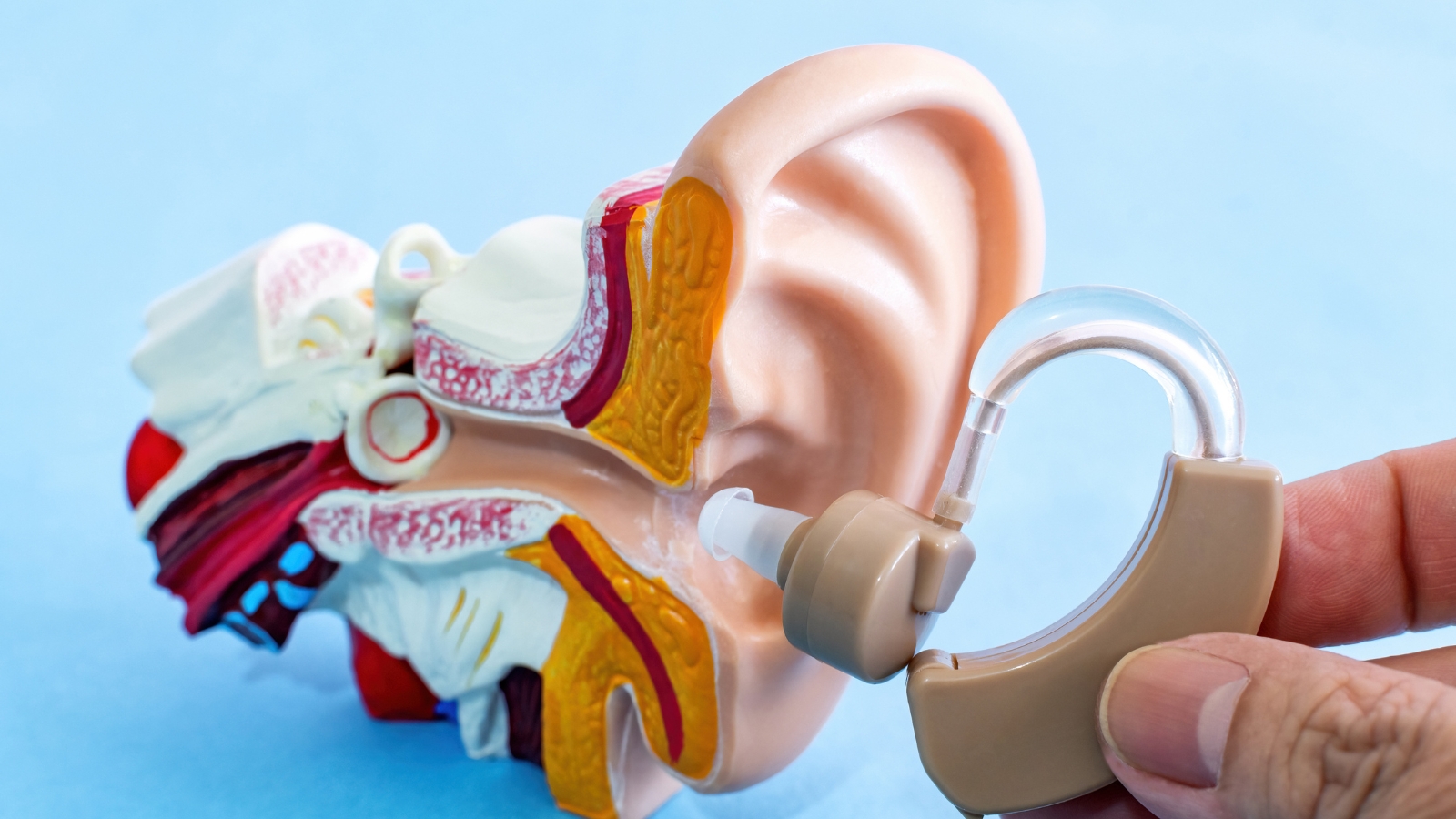Do Hearing Aids Help With Background Noise

Hearing aids, while a boon for many, often fall short in noisy environments, leaving users struggling to understand speech amidst background clamor. Experts are urgently seeking solutions to improve hearing aid performance in these challenging situations.
This article examines the complex issue of hearing aids and background noise, exploring the limitations of current technology and the ongoing research aimed at delivering clearer sound in cacophonous settings.
The Challenge of Noise
For individuals with hearing loss, background noise presents a significant obstacle to effective communication. Traditional hearing aids amplify all sounds, including unwanted noise, making it difficult to focus on the desired signal, typically speech.
This is particularly problematic in crowded restaurants, busy streets, and social gatherings, where multiple sound sources compete for attention. Studies show that a substantial percentage of hearing aid users report dissatisfaction with their devices' performance in noisy environments.
Limitations of Current Technology
Many modern hearing aids incorporate noise reduction algorithms, but these are not always effective. Dr. Sarah Jones, an audiologist at the American Academy of Audiology, explains that these algorithms often struggle to differentiate between speech and noise.
They might inadvertently suppress speech sounds while attempting to reduce background noise, resulting in distorted or muffled audio. Furthermore, the effectiveness of noise reduction technology varies depending on the type and complexity of the noise.
Directional microphones, another common feature, focus on sounds coming from a specific direction. While helpful in some situations, they can be less effective in diffuse noise fields where sounds arrive from all directions.
Research and Emerging Solutions
Researchers are actively developing new approaches to improve hearing aid performance in noisy environments. One promising area is artificial intelligence (AI).
AI-powered hearing aids can learn to recognize and separate speech from noise with greater accuracy. Professor David Smith at the University of California, Berkeley, is leading a team developing AI algorithms that can adapt to different acoustic environments in real-time.
These advanced algorithms analyze the soundscape and selectively amplify speech while suppressing noise, leading to improved speech intelligibility. Another promising avenue is binaural processing.
Binaural hearing aids, which communicate with each other, can use information from both ears to better localize sound sources and filter out noise. This approach mimics the natural way humans process sound and has shown promising results in clinical trials.
User Experience and Expectations
It is crucial to manage user expectations regarding the capabilities of hearing aids in noisy environments. John Miller, a hearing aid user, notes that while his hearing aids have improved his overall hearing, he still struggles in crowded restaurants.
Audiologists play a vital role in counseling patients about the limitations of current technology and providing strategies for managing noise, such as choosing quieter seating or using assistive listening devices. Proper fitting and customization are also essential for optimal performance.
Assistive Listening Devices
In addition to hearing aids, assistive listening devices (ALDs) can provide further support in noisy environments. ALDs, such as remote microphones and FM systems, transmit sound directly to the hearing aid, bypassing background noise.
These devices are particularly useful in classrooms, lecture halls, and theaters. Loop systems, which transmit audio wirelessly to hearing aids equipped with a telecoil, are another common type of ALD.
Ongoing Developments
The field of hearing aid technology is constantly evolving, with new innovations emerging regularly. Researchers are exploring novel approaches to noise reduction, including advanced signal processing techniques and personalized sound amplification strategies.
Dr. Emily Carter, a researcher at the National Institute on Deafness and Other Communication Disorders (NIDCD), emphasizes the importance of continued research in this area. "Improving hearing aid performance in noise is a critical challenge that requires a multidisciplinary approach," she says.
Future advancements in hearing aid technology hold the promise of delivering clearer, more natural sound in even the most challenging listening environments. For now, hearing aid users should discuss their specific needs and expectations with their audiologist to determine the best course of action.

